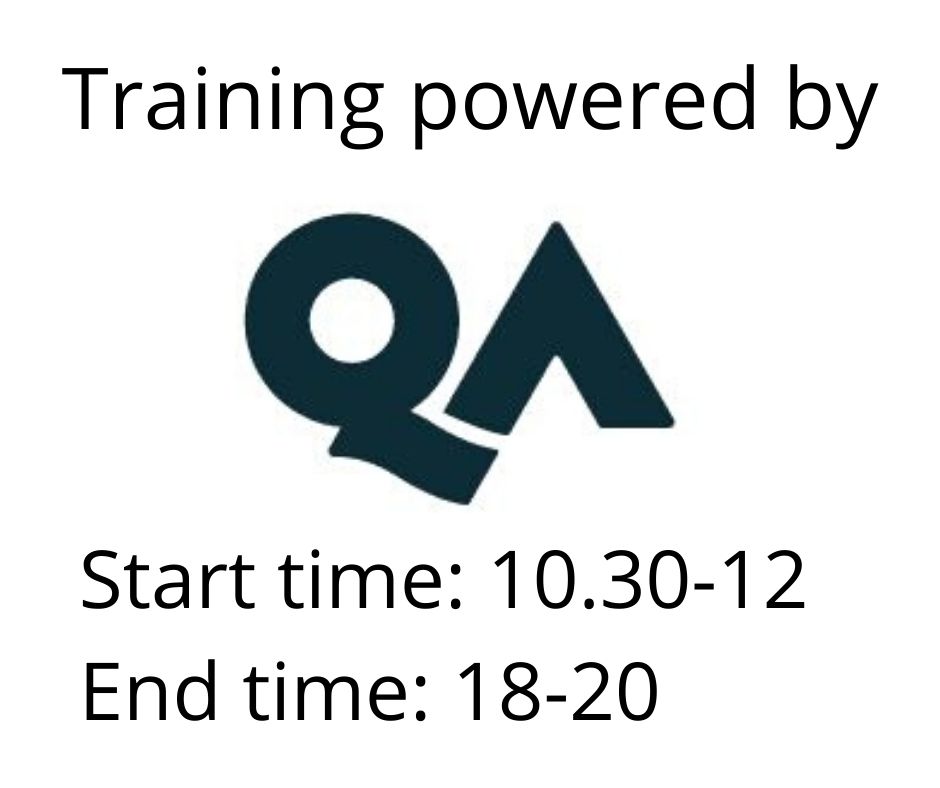Migrate SQL Server Workload to Azure SQL – Applied Skills Workshop
Training formats
Duration
1 day
Price
1146 €
This workshop prepares you for the task of migrating SQL Server workloads to Azure SQL Database.
You'll learn how to assess SQL Server components and compatibility for migration using the Azure SQL Migration Extension and Database Migration Assistant. This training guides you through the process of provisioning and configuring Azure SQL Database resources. You gain hands-on experience in choosing the best migration option to meet business requirements for downtime, handling migration state, and monitoring database migration.
Additionally, you'll also learn to perform post-migration tasks like disaster recovery and monitoring for Azure SQL Database. These skills are essential for ensuring a smooth, efficient transition to Azure SQL Database, and maintaining its operation post-migration.
- Experience with SQL Server databases.
- Knowledge of SQL Server editions and versions.
- Basic knowledge of security concepts like identities and permissions.
- Experience using the Azure portal to create resources and set permissions.
Module 1: Design a SQL Server migration strategy
In this module, you'll learn the phases of a migration and the steps involved to ensure your migration project is executed smoothly. You'll also learn the purpose of data platform modernization and see the benefits it can bring to your organization.
- Introduction
- Examine data platform modernization
- Plan a data migration
- Explore the available data migration technologies
- Exercise: Compare on-premises Azure costs
- Knowledge check
- Summary
Module 2: Assess SQL Server databases for migration to Azure SQL
Assessment tools such as Azure SQL Migration extension for Azure Data Studio, Azure Migrate, and Data Migration Assistant facilitate the migration of SQL Server databases to Azure.
- Introduction
- Review database for compatibility
- Explore assessment options for database migration
- Assess a database with Azure Migration extension
- Assess a database with Azure Migrate
- Assess a database with Data Migration Assistant
- Exercise: Identify compatibility issues
- Knowledge check
- Summary
Module 3: Deploy PaaS solutions with Azure SQL
Provision and deploy Azure SQL Database and Azure SQL managed instance. Select the appropriate options when performing a migration to the SQL PaaS platform.
- Introduction
- Explain PaaS options for deploying SQL Server in Azure
- Explore single SQL database
- Deploy SQL database elastic poo
- Understand SQL database hyperscale
- Examine SQL managed instance
- Describe SQL Edge
- Exercise: Deploy an Azure SQL Database
- Knowledge check
- Summary
Module 4: Configure database authentication and authorization
Contrast authentication using Microsoft Entra ID, Windows Active Directory, and SQL Server authentication. Implement various security principals and configure permissions.
- Introduction
- Describe Active Directory and Microsoft Entra ID
- Describe authentication and identities
- Describe Security Principals
- Describe database and object permissions
- Identify authentication and authorization failures
- Exercise: Authorize Access to Azure SQL Database with Microsoft Entra ID
- Knowledge check
- Summary
Module 5: Migrate SQL Server workloads to Azure SQL Database
You will explore different migration tools and migrate SQL Server databases to Azure SQL Database.
- Introduction
- Choose the right Azure SQL Database feature
- Use Azure SQL migration extension to migrate to Azure SQL Database
- Explore Data Migration Assistant to migrate to Azure SQL Database
- Migrate to Azure SQL Database using BACPAC
- Use an online method to migrate to Azure SQL Database
- Move data to Azure SQL Database
- Exercise - Migrate a SQL Server database to Azure SQL Database
- Knowledge check
- Summary
Module 6: Perform post-migration tasks on Azure SQL
You'll explore different features and tools to help you maintain Azure SQL environments.
- Introduction
- Migrate SQL logins and groups
- Implement security to protect Azure SQL
- Implement compliance controls for sensitive data
- Monitor database performance
- Configure high availability and disaster recovery
- Automate database tasks for scalability
- Exercise: Configure geo-replication for Azure SQL Database
- Knowledge check
- Summary
